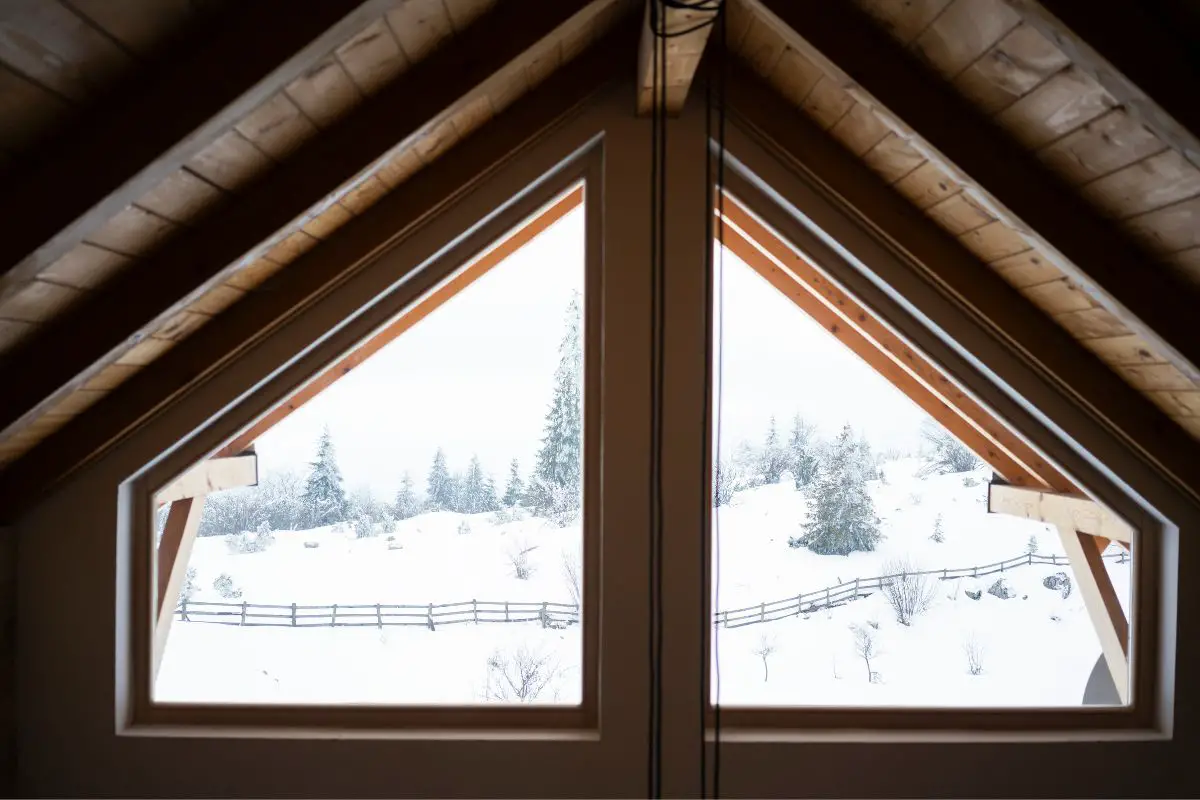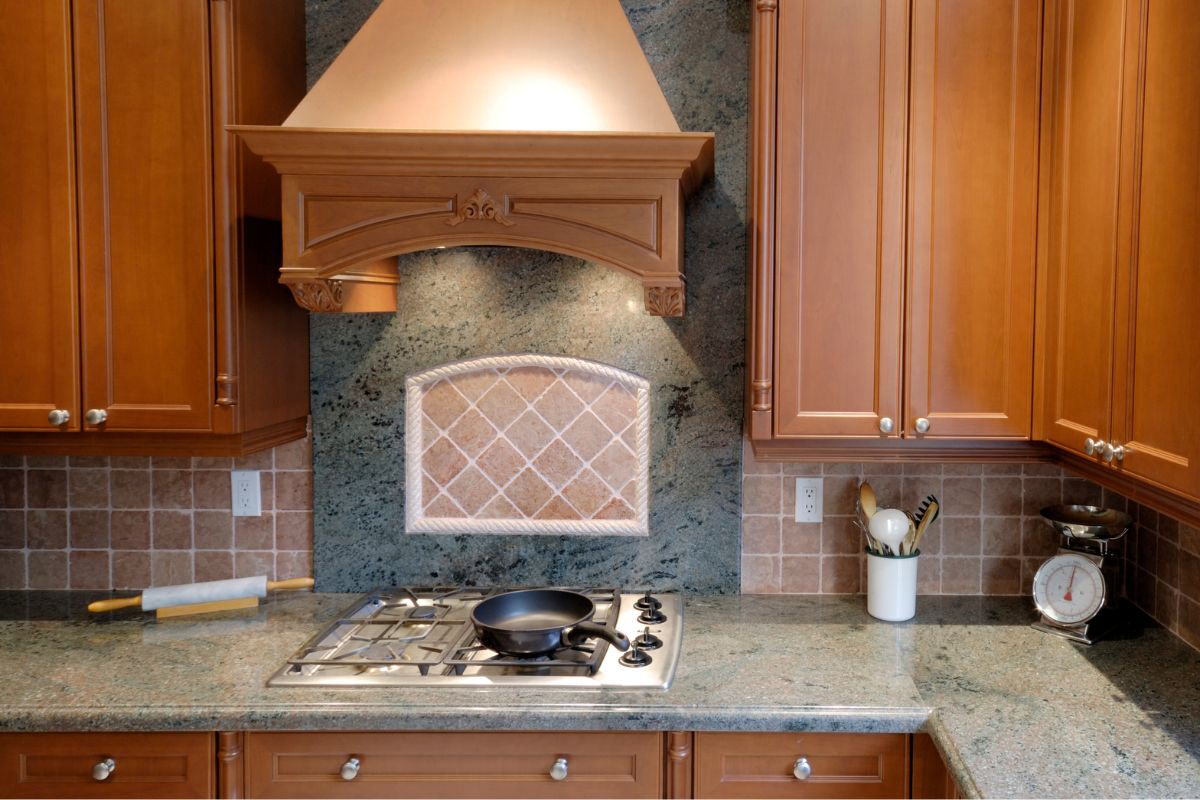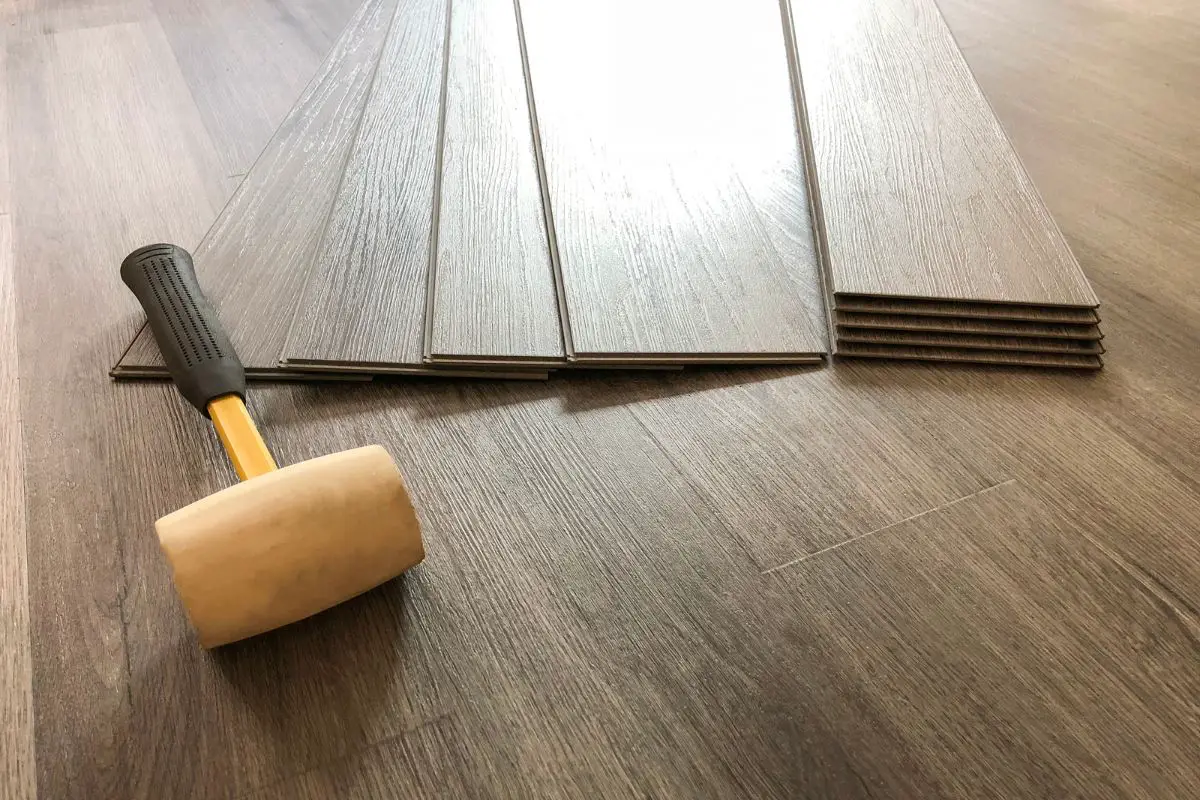Concrete can feel like a very intimidating task to take on for those who prefer to do it themselves. We’re here to quell any fears you may have when it comes to concrete work!
There are several different issues that you can face if you are working with concrete, so we’ve created an ultimate guide to concrete work for home builders.
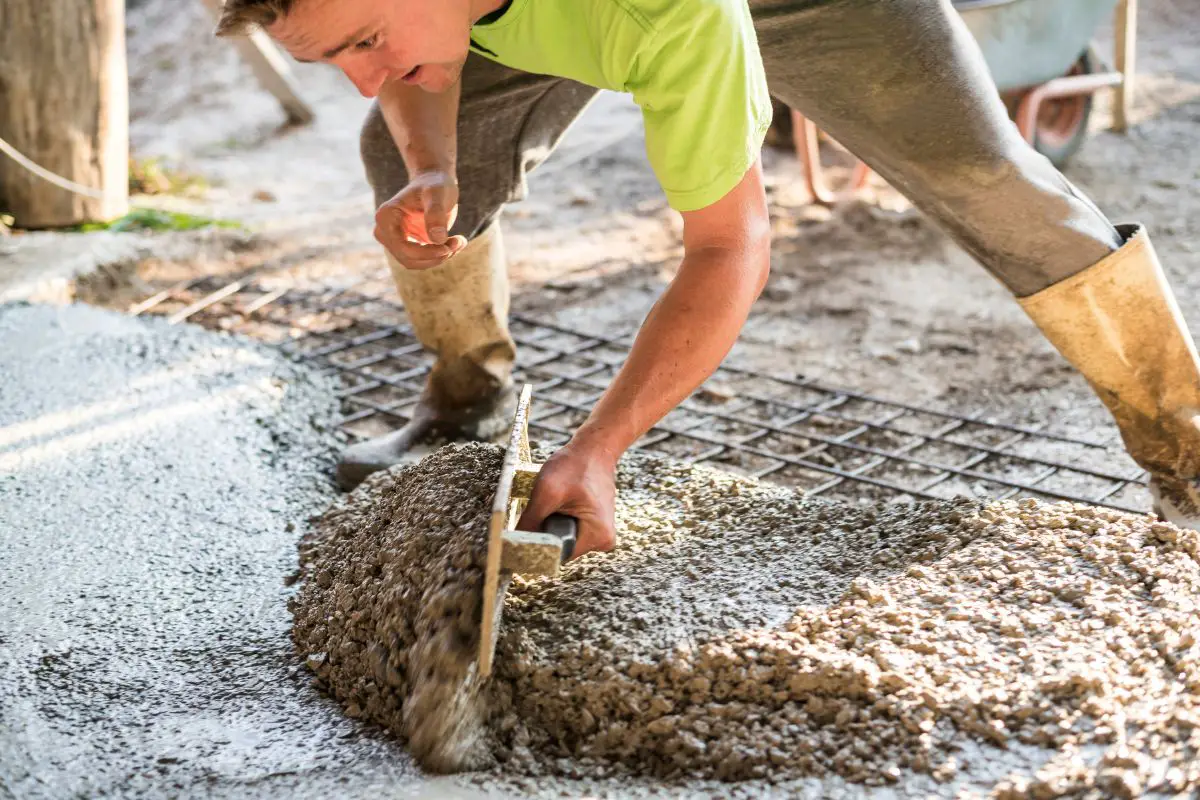
Read on for some fabulous tips on working with concrete that will ensure the strength and appearance of your project. Let’s dive in!
How To Stay Safe When Working With Concrete
It is very important to stay safe when you are working with concrete as it can be quite dangerous. Nearly every material and tool that is used with concrete is heavy, including bags of concrete, gravel, sand, wheelbarrows, and mixers!
It is important to protect your back when you are lifting concrete by ensuring that you lift with your legs, rather than your back!
To do this, keep your back straight when you are lifting, and bed your legs. Place the heavy item between your legs if the size of it allows.
Concrete can also cause chemical burns, so it is very important to wear proper clothing when you are working with concrete.
Waterproof gloves, long pants, and long sleeves are essential clothing items to protect you from these chemical burns.
Choose The Right Concrete Mix!
Depending on the project that you are undertaking, you need to ensure that you use the correct concrete mix.
There are lots of different factors when it comes to concrete mixes, including thickness, strength, and setting time.
You can find all of these concrete mixes at home centers and hardware stores.
General-Purpose Fast-Setting Concrete Mix
If you are looking for a concrete mix to pave your patio, driveway, or walkway, this mix will be perfect for you. It is great for applications where you want to make concrete that is around 2 inches thick.
This mix will be set within 30 minutes, and it will be suitable to be walked on after 6 hours!
High-Strength Concrete Mix
High-strength concrete mix is great for similar projects to the fast-setting mix. It takes around 24 hours to set before you can walk on it.
This mix is much less expensive than the fast-setting mix. For those looking to pave their driveway on a budget, this is perfect for you!
Concrete Countertop Mix
If you are looking to make a concrete table or sink, you will need to ensure that you use a suitable concrete mix. These countertop mixes are blended with plasticizers and flow enhancers.
They have a higher strength than some of the other mixes above. They can also be polished after they have dried.
This mix is a lot more expensive than the high-strength mix!
Build The Right Form For Your Project
Whether you are paving outdoor areas like steps or patios, or indoor projects like countertops and sinks, you need to ensure that your concrete has a form.
This is a mold that is used to shape the sides of the concrete. They are not used for the top or bottom of the concrete.
The form should be built from scraps that are the same thickness as the slab.
You should attach these boards with screws, ensuring that they are easy to disassemble later on.
Ensure that you coat the inside of the form with a concrete release agent so that you can remove it. This is made from mineral oil and chemicals.
You can opt for kitchen vegetable oil if you do not have a commercial concrete release agent.
Mix It Correctly!
It is important to ensure that you mix the correct proportion of concrete mix and water. Bags of concrete that are pre-mixed will always have details of the water needed.
If you don’t have the details of the amount of water needed, you can always go by appearance. If concrete is mixed well, it will have a consistency that resembles cookie dough.
If the mix is too dry it won’t clump properly, and if it is too wet it will slide off the trowel.
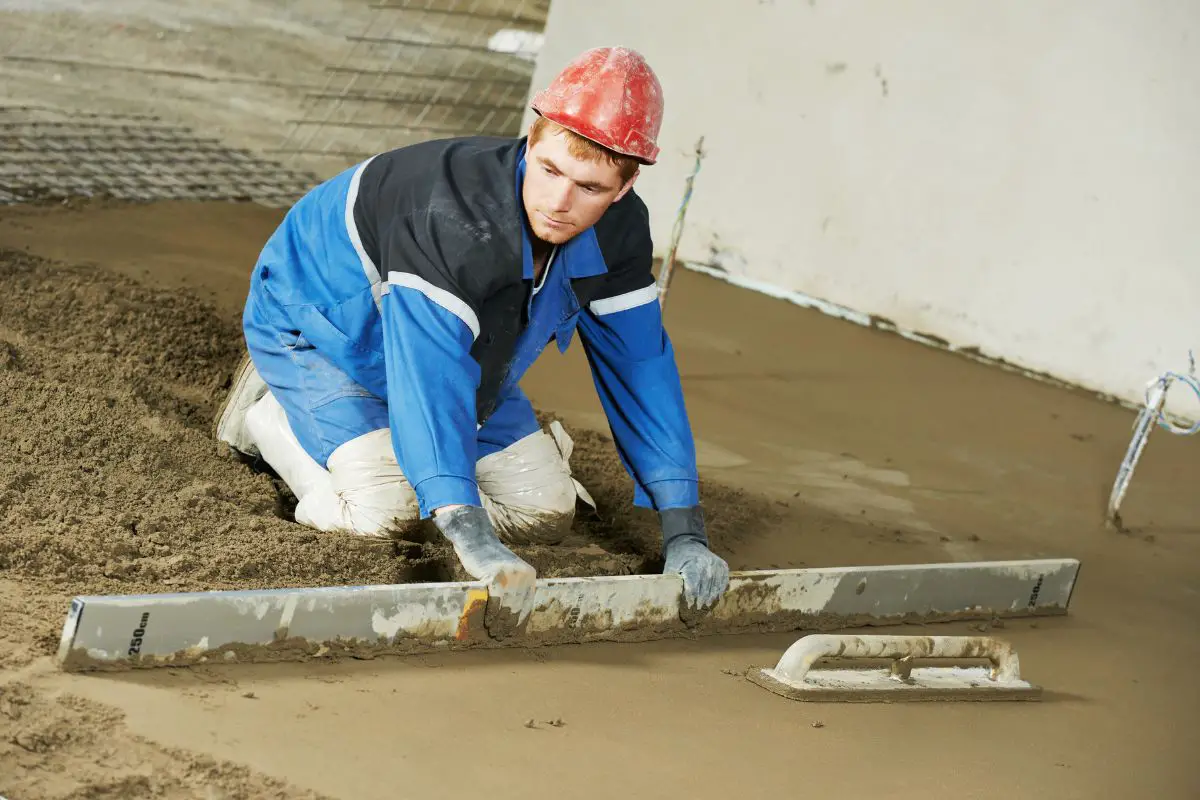
Float Your Concrete
To ensure that your concrete is level, you will need to use a bull float. This will remove the ridges and fill in any voids.
You will end up with a creamy consistency by using this tool. Bull floats are pushed across the surface of the concrete from the side.
You should slightly tip the handle down to ensure that the nose of your float doesn’t dig into the concrete.
Cut Control Joints
It is important to cut your control joints to prevent cracking. This is important because it will stop any visible cracks from occurring, instead ensuring that the cracks occur below the control joint where they can’t be seen!
Keep The Concrete Damp
It is important to keep the concrete damp after you have finished laying it. This is because, if the water evaporates from the concrete too quickly, it will be weak and prone to cracking.
If you keep the concrete moist while it is curing, it will have maximum strength!
Do this by lightly spraying the concrete with water every couple of hours for about a week. If it seems to be drying out quickly, spray slightly more often.
You can also cover the concrete with plastic sheeting to stop it from drying out too quickly and prevent you from having to spray it too often.
Final Thoughts
So, there you have it! We’ve compiled an ultimate guide to concrete work at home. After reading this, you should be confident in paving your driveway!
Whatever your project is, ensure that you remain safe while working with concrete, and never tread on it unless you’re sure it has dried!
- What Kind of Room Has No Doors or Windows? - December 1, 2023
- What is a Powder Room? - December 1, 2023
- What Is a Kitchenette: Exploring the Features and Benefits of a Compact Kitchen - December 1, 2023



